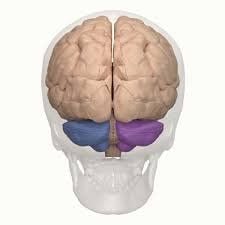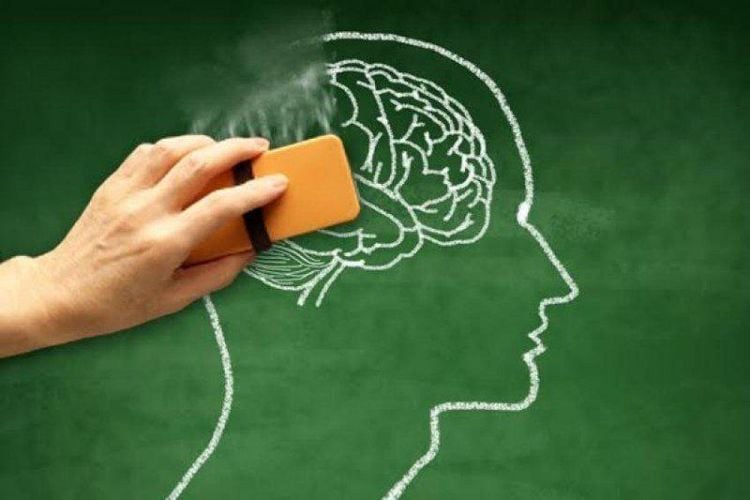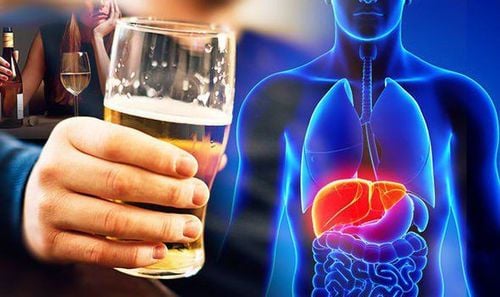This is an automatically translated article.
Consciousness disorder is a condition in which a person has reduced or lost the ability to perceive the environment and self. This is a common condition, due to many different causes. Manifestations of the disease are varied, with varying degrees of severity.1. What is consciousness?
Consciousness is a higher psychological function, defined as alertness and awareness of oneself, one's own relationships, and one's surroundings.
In order to ensure the existence of consciousness, you must have the ability to navigate:
Environment: Space knows where you are, where you are, the neighborhood... Time knows the time, date, and year . Identify people around as relatives... Self-orientation: Know who you are, your profession, your memory of events that have happened. To have the ability to navigate, we need:
Arousal and response to external influences: Awakening is the state of being able to open the eyes naturally or open the eyes when there is an external stimulus . Responses are directed actions of the body in response to stimuli.

Ý thức của con người được chi phối bởi bán cầu đại não
Reception and perception: The ability to acquire and understand language, to receive perceptual stimuli such as sounds, images, etc., and sensory stimuli such as heat, cold, pain, and sensations. essence. Consciousness is governed by the cerebral hemispheres, so the normal state of consciousness depends on the integrity of the two cerebral hemispheres.
Mechanism of action of the brain on consciousness: When the body receives a stimulus or a signal, these signals are transmitted to the brain, then the brain will analyze and transmit signals in response to the stimuli. prefer. There are many signals to the brain.
2.What is a disorder of consciousness?
Disturbance of consciousness is a condition in which the patient has reduced or lost the ability to orient in space, time, himself and his surroundings. Manifested on changing the level of consciousness such as the patient falling asleep, lethargic or comatose or changing the content of consciousness such as speech, calculation, emotion, behavior...
Disturbance of consciousness divided into syndromes of excluded consciousness and syndromes of impaired consciousness.

Trí nhớ giảm sút là dấu hiệu của hội chứng ngủ gà
2.1 Excluded syndromes
This is a disorder of consciousness without comorbid psychiatric disturbances. Criteria to assess the level of consciousness disorder are based on orientation capacity, reflex disorders and autonomic disorders.
The degree of consciousness disorder can range from mild to severe, manifested by the following syndromes:
Gloomy syndrome: The patient has a mild disturbance of consciousness, still able to distinguish space and time, distinguishing between time and space. self. But the response to the stimulus is slow, when asked, it is bewildered to understand slowly, there is still memory. Somnolence syndrome: The orientation in space, time and self is not clear, the reflex ability is poor, only responding to strong stimuli. Memory decline. Semi-coma syndrome: Complete loss of orientation, very strong stimulation to feel, reduced autonomic reflexes. Coma syndrome: Complete loss of orientation, unresponsiveness, loss of reflexes. To diagnose and assess the degree of consciousness disorder, excluded based on the glasgow scale as follows:
Evaluation of eyes:
Natural opening: 4 points Response to opening eyes when ordered: 3 points Response to opening eyes when causing pain: 2 points Do not open eyes: 1 point

Đánh giá về lời nói của bệnh nhân
Verbal assessment:
Correct answer: 5 points Confused answer: 4 points Incorrect answer: 3 points Confused speech: 2 points No answer: 1 point Motor assessment:
True acting on demand (on command): 6 points Correct response to stimulus: 5 Points Frictional response to pain: 4 points Loss of cortical contracture when causing pain: 3 points Instrumental extensor posture when causing pain : 2 points No response to pain: 1 point The highest total score is 15 and the lowest is 3. Assess the degree of consciousness disorder according to the following points:
Normal consciousness: 15 points Mild cognitive disorder : 9-14 points Severe disturbance of consciousness: 6-8 points Deep coma: 4-5 points Very deep coma: 3 points

Biểu hiện của một số người bị hội chứng mê sảng
2.2 Cognitive dysfunction syndromes of confusion
This is a disorder of consciousness with accompanying mental disturbances. This syndrome is characterized by being disconnected from the world due to loss or reduced awareness of surrounding objects, loss of orientation ability, fragmented thinking, reduced judgment, remembering pieces or forgetting events that happened. out.
This syndrome includes many syndromes including:
Delirium syndrome : This is an acutely developing disorder of consciousness. Characterized by environmental disorientation; Appears hallucinations, especially visual hallucinations, seeing scary images; Paranoia ; perceptual disturbances make the patient afraid and stressed; act on imaginary images; discrete memory; the disease tends to be severe in the evening and at night; The patient has alternating awake intervals. Delusional syndrome: This is a state of consciousness disorder in which the patient seems to live in a dream and in a real scene; Make the patient see the strange image of the virtual world mixed with the real image; paranoia. Confusion syndrome: This is a severe disorder of consciousness, the patient falls into a state of bladder, bewildered, has disjointed thinking, unstable emotions, and abnormal behavior in front of all problems. , the patient forgets all problems. Often this state can last for a while, after which the patient appears debilitated. Dusk syndrome: A state of consciousness that is narrowed, half dark, half light. This syndrome usually appears suddenly, lasts a short time and then ends suddenly. Patient disorientation; hallucinations may or may not occur; emotional disturbances such as stress, sadness; the movements and behaviors are often consistent with each other, however, in some cases, there are hallucinogens leading to dominant actions according to the illusion; In terms of memory, the twilight consciousness disorder usually ends abruptly, followed by deep sleep. The patient has absolutely no memory of what happened during the attack. Consciousness disorders manifest in many different aspects such as movement, perception, intelligence, memory, etc., sometimes discreetly manifest, so sometimes it is difficult to detect. When you see yourself or a loved one with changes in consciousness or a disorder of consciousness, it is necessary to be examined, diagnosed and treated in order to avoid danger to people around in cases of consciousness disorder accompanied by mental illness. God .
Vinmec International General Hospital with a system of modern facilities, medical equipment and a team of experts and doctors with many years of experience in medical examination and treatment, patients can rest assured to visit. examination and treatment at the Hospital.
To register for examination and treatment at Vinmec International General Hospital, please book an appointment on the website for service.
Please dial HOTLINE for more information or register for an appointment HERE. Download MyVinmec app to make appointments faster and to manage your bookings easily.
MORE
Schizophrenia: What you need to know Don't ignore postpartum psychosis Adult Attention Deficit Hyperactivity Disorder (ADHD)













